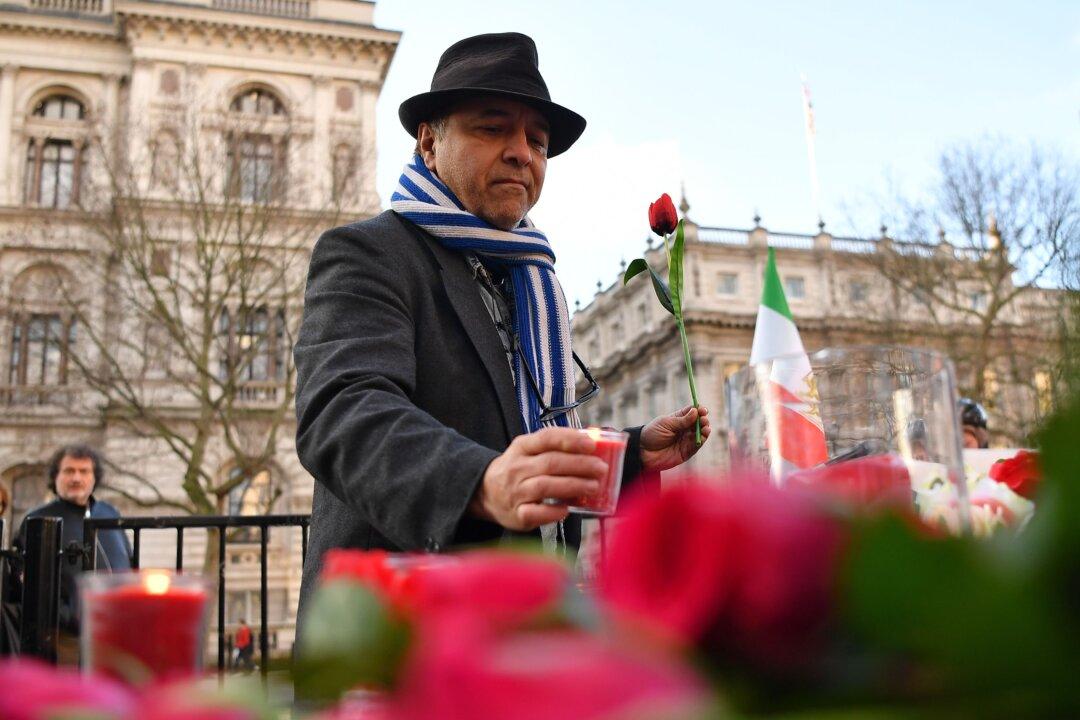Commentary
While the ultimate outcome of the recent brush-up with Iran isn’t yet known, there are a few lessons to take away from it, especially regarding the public reaction to hostility and the threat of war.


While the ultimate outcome of the recent brush-up with Iran isn’t yet known, there are a few lessons to take away from it, especially regarding the public reaction to hostility and the threat of war.